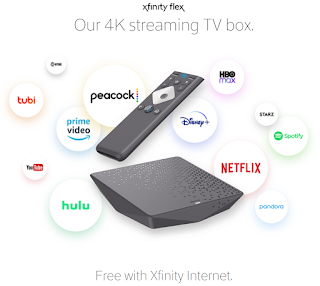I don't have a Fire TV Cube to check it -- I may add that to my streaming arsenal -- and it isn't functionality of the Fire TV Stick devices.
A post on the Fire TV Blog does not mention an update that contains the new functionality, so I'm not sure when it rolled out. But, as the post uses present tense, I think it pushed Thursday or before. And, since it doesn't mention anything about an update at all, it could be that rollout is complete.
This makes Fire TV the first-ever streaming media player to support ASHA and allow customers to directly connect compatible Bluetooth hearing aids. The National Institute on Deafness and Other Communication Disorders reports that Fifteen percent (37.5 million) of Americans over the age of 18 report some hearing loss and nearly 29 million US adults could benefit from using hearing aids. Through research, we’ve learned that improving TV sound quality was one of the most requested features among hearing aid users.
With this feature, your hearing aids connect with Fire TV at the system level, so you can not only enjoy audio from your favorite apps but also Alexa, music, navigational sounds, and more.
I'm glad to see this. I don't have need of hearing aids, so it's not for me. But I do understand and appreciate the difficulty those with hearing loss to the point of needing mechanical assistance have.
Amazon's Fire TV Cube is the first device to actually have this feature. And the other features for those with hearing or visual impairments speaks well of their devices. If you have need of these features, choosing Amazon as a platform to run your Streaming Life seems like a good decision.






